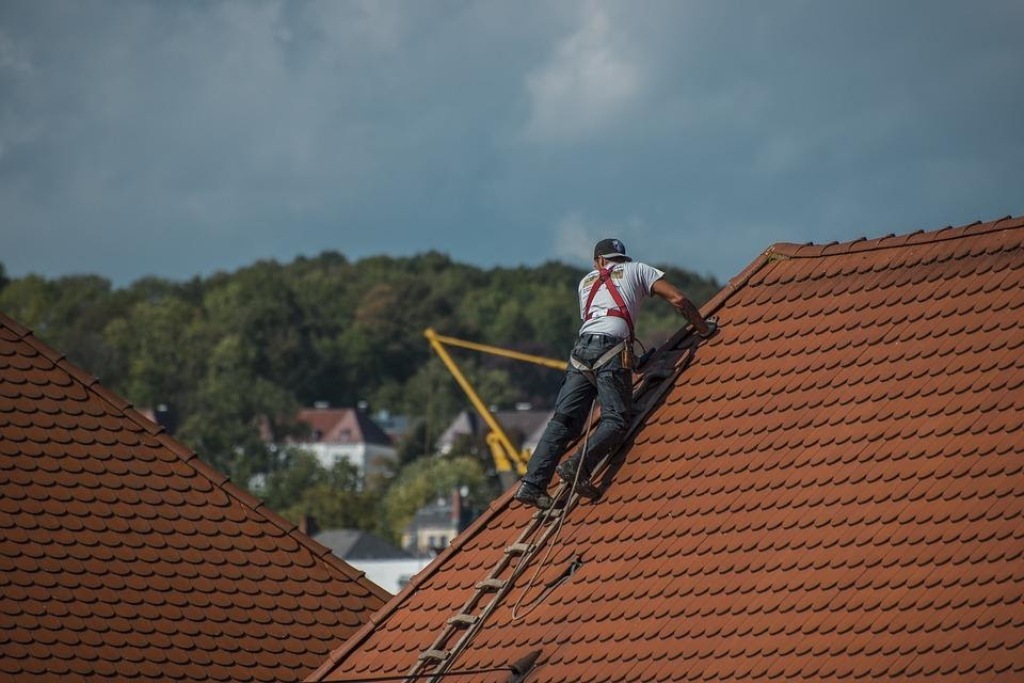
The Benefits of Breathable Underlayments for Roofing Systems
Your roof plays one primary role – protecting your home from different weather elements. However, did you know that there is much more to your roof than keeping snow and rain out?
The design of your roof, for example, adds to your house’s aesthetics. That said, a poorly ventilated roof can lead to increased use of energy in your household. To curb this problem, you need to use breathable roof underlayments.
What are the benefits of breathable underlayments for roofing systems? Breathable underlayments decrease energy usage. They also make your home safer and more efficient by reducing the risk of mold formation and water damage.
If you are still on the fence about installing a breathable underlayment for your roofing system, here are the top benefits of breathable underlayments.
Top 5 benefits of breathable underlayments for roofing systems

- Allowing water vapour to escape
Usually, water vapour in your premises passes through the conventional ceiling and high permeability insulation, and, eventually, it reaches your roof. When it gets cold, this vapour gets cold, too, increasing the risk of condensation.
Condensed vapour on roof timber and rafters leads to mold formation, which can cause allergies and diseases. A breathable roofing system, however, allows water vapour to escape from cold pitched roofs, eliminating the risk of mold formation.
- Increased longevity
Water vapour and mold formation can lead to rot, which decreases the lifespan of your roof. Additionally, rot puts your building and anyone in it at risk, as the roof could cave in any time. Breathability helps to increase your building’s health and roof’s lifespan by minimizing rot and water vapour condensation.
- Compliance with regulations
Over the past 30 years, building regulations have changed immensely in Australia, North America, Canada, and Europe.
In the city of Melbourne, for instance, one is required by the law to design infrastructure that reduces heat absorption in a building. This is in a bid to minimize heat absorption and re-radiation of the same from building, to make the city cooler as the climate changes.
To comply with the law, consulting a roof underlayment specialist Melbourne will help.
- Decreased ventilation requirements
Traditional roofing systems do not breathe well. Therefore, the utilization of increased ventilation of eaves through ridge ventilation systems is required to keep these roofs in good condition. Breathable underlayments minimize the need for these ventilations significantly. This, in turn, reduces the cost of roof installation, maintenance, and repair.
- Increased product confidence
With breathable underlayments, the threats to your roofing system are minimized significantly, which increases your confidence in the product. Sometimes, these underlayments might improve something as basic as a warranty. Not to mention, these underlayments are watertight and serve as a reliable layer of insulation. Therefore, your home will still be heated and cooled.
Are there different types of underlayments?

There are three types of roofing underlayments:
- Asphalt-saturated felt
Asphalt-saturated felt underlayment was popular about fifteen years ago. This was before the introduction of synthetic products. This underlayment is also referred to as ‘tar paper’ or ‘felt paper.’
It is made of varying blends of plant cellulose, polyester, and asphalt or bitumen. Felt paper is water-resistant as its base layer is saturated with asphalt. The asphalt in this underlayment also allows it to breathe, so humidity does not get trapped.
- Non-bitumen synthetic
This underlayment is preferred by most professionals today. Its basemat is saturated in asphalt. More to that, the fibreglass in this underlayment makes it more stable and resistant to tear.
Non-bitumen synthetic underlayment does not absorb moisture at all. Therefore, it is ideal for areas that experience extreme temperatures. This underlayment is also lightweight and highly resistant to mold growth because it is made from polypropylene and polyethylene fibres. You can apply this underlayment across the entire roof deck.
- Rubberised asphalt
If you are looking for a quick installation process, rubberized asphalt is ideal for you. However, it is more expensive than the other two options because it has high percentages of rubber polymers and asphalt, which make it waterproof.
Is synthetic roofing underlayment better than felt?

Synthetic underlayments are susceptible to capillary action while felt is seepage free, especially when applied in thick layers. However, synthetic underlayment is preferred to felt because:
- It is light; therefore, it is easier and safer to install
- It is more tear resistant when exposed to foot traffic and strong winds.
- It does not absorb moisture; hence it is wrinkle-free and resistant to fungal growth.
- It does not degrade due to exposure to UV rays, unlike felt.
- While felt wrinkles when wet and cracks when dry, synthetic underlayment maintains its integrity.
- Asphalt felt contains volatile compounds that dissipate when exposed to heat, making it fragile and more moisture absorbent.
In conclusion
Is roof underlayment necessary? Breathable roof underlayment is essential because it helps to guarantee your roof’s longevity. Moreover, it minimizes your risk of exposure to toxins that might be brought about by mold formation.




